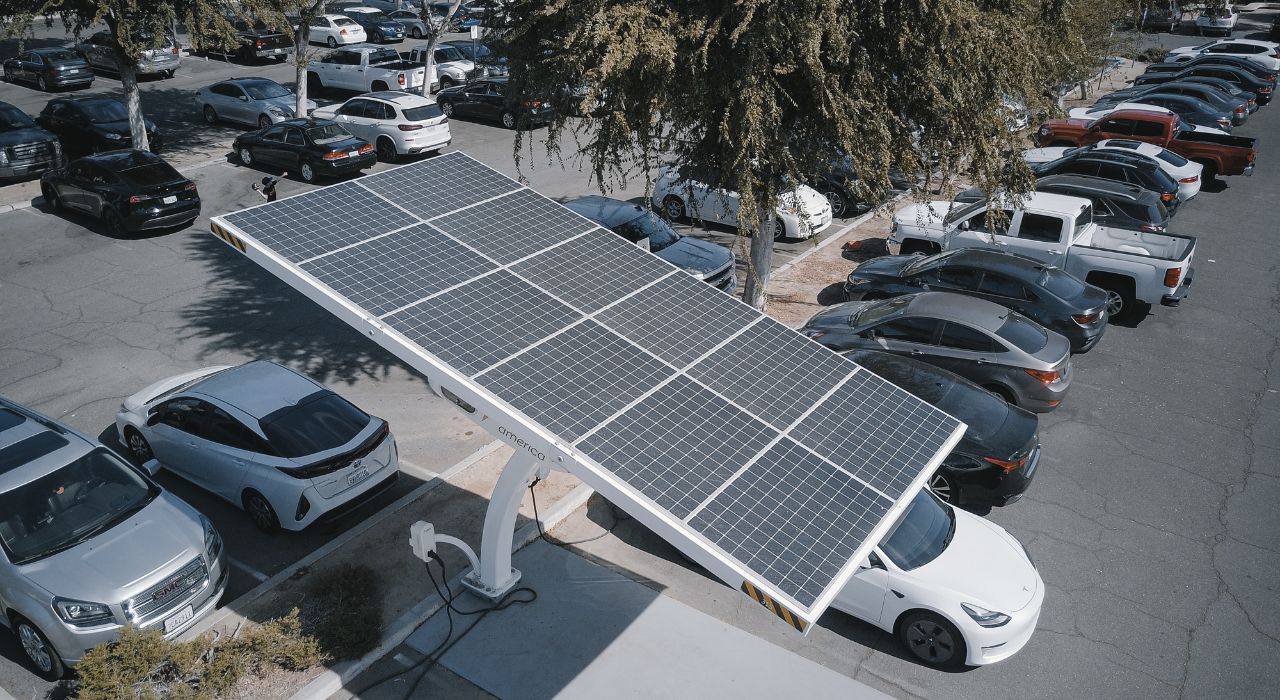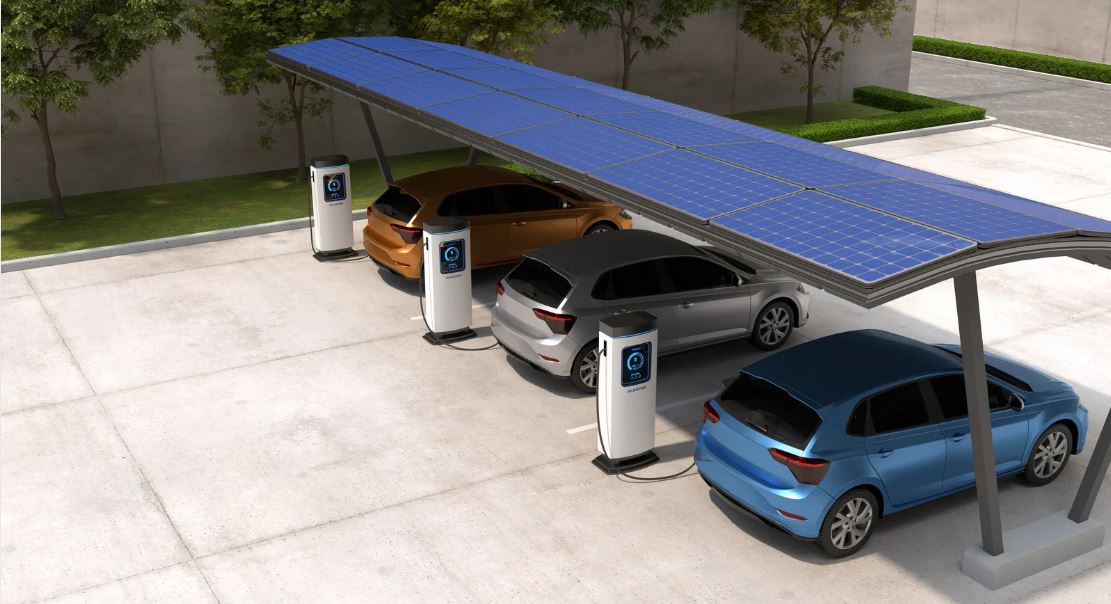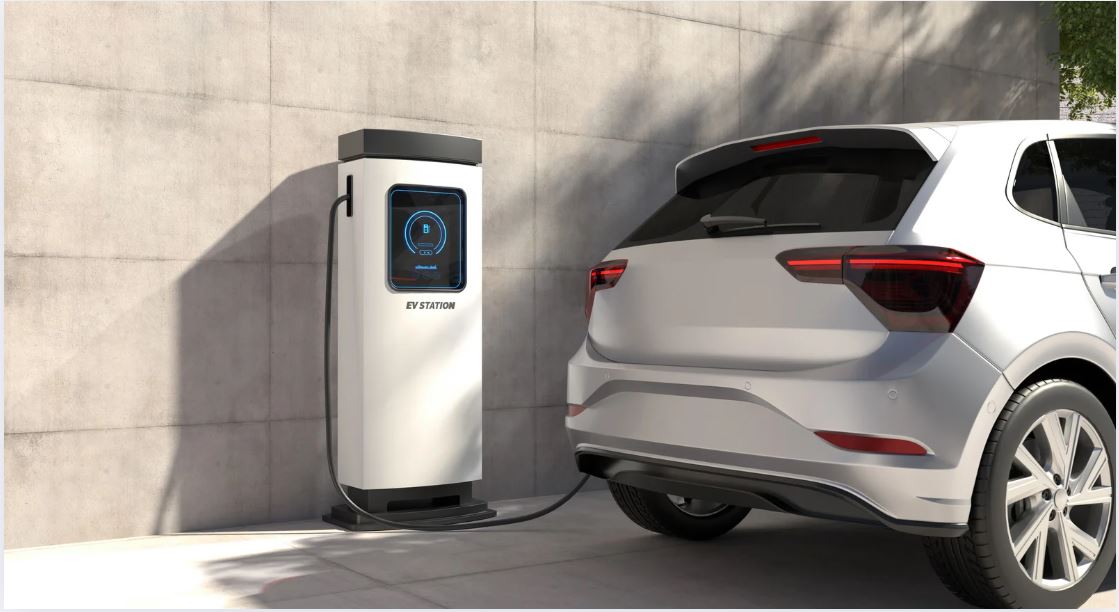
The Ultimate Guide to Charging Your EV with Solar Power
Electric vehicles (EVs) are quickly becoming the smart choice for Australian drivers looking to cut fuel costs and reduce emissions. But did you know you can take your savings and sustainability even further by charging your EV with solar power from your own rooftop system?
Here’s a complete guide for Australian homeowners on how solar EV charging works, what you need to set it up, and how it benefits your wallet and the environment.
Why Charge Your EV with Solar Power?
Charging an EV from the grid is already cheaper than filling a petrol tank, but using your own solar energy can reduce your costs to almost zero per kilometer driven. Here’s why:
1. Free charging once your solar system is paid off
2. True emissions-free driving using renewable energy
3. Increased return on investment for your solar system
4. Reduced dependence on grid electricity and fuel prices
How Does Solar EV Charging Work?
1. Direct Daytime Charging
If you’re home during daylight hours, your EV can be charged directly from your rooftop solar system. For example:
1. Your EV charger uses 7 kW per hour
2. Your solar system produces 8 kW midday
3. Your EV is charged using solar energy, with any extra power going to your home or battery
This method is the most straightforward way to drive on sunshine and maximise your daily solar production.
2. Charging with a Home Battery
For homeowners who work away during the day, adding a solar battery is a smart solution. Here’s how it works:
1. Excess solar energy generated during the day is stored in your battery
2. You charge your EV at night using the stored solar energy
This setup ensures your EV remains solar-powered, even if you charge after dark.
3. Using Smart EV Chargers
Modern EV chargers, like Zappi, Tesla Wall Connector, or Wallbox, integrate seamlessly with your solar system. These chargers:
1. Prioritise solar power for charging automatically
2. Adjust charging rates based on solar output
3. Provide data showing how much of your charging came from solar vs grid
This technology makes solar EV charging effortless and optimises your savings.
What Size Solar System Do You Need to Charge an EV?
Here’s a quick breakdown:
1. Average EV energy consumption: 15–20 kWh per 100 km
2. Typical daily driving distance: 30–50 km
You’ll need around 5–10 kWh of solar energy daily to charge your EV, on top of your household’s regular electricity use.
Tip: Most Australian homeowners aiming to power their home and charge an EV comfortably choose at least an 8–10 kW solar system, especially if planning future EV ownership.
How Much Money Can You Save?
Charging an EV from the grid costs about $5–$10 per full charge, depending on your energy tariff. Using solar can cut this to near zero once your system is paid off, saving you hundreds to thousands of dollars annually compared to petrol or grid charging.
Key Benefits of Charging Your EV with Solar
1. Lower Fuel Costs
Drive for free using the sun. Over a year, the savings can significantly reduce your household transport expenses.
2. True Zero-Emissions Driving
EVs are only as clean as their electricity source. Charging with solar ensures your driving is genuinely emissions-free, helping Australia transition to a cleaner energy future.
3. Maximise Solar ROI
Instead of exporting excess solar back to the grid for a low feed-in tariff, charging your EV uses your electricity at full value, increasing the return on your solar investment.
Practical Tips for Solar EV Charging
1. Install a Smart Charger: Choose one that integrates with your solar inverter for seamless management.
2. Optimise Charging Times: If you work from home or have flexible hours, charge during peak solar production (10 am – 2 pm).
3.Add a Battery for Night Charging: Ensure your EV is still solar-powered even if charged overnight.
4. Check Switchboard Capacity: Some EV chargers require a switchboard upgrade for safe operation.
5. Future-Proof Your System: If you’re planning an EV purchase in the next few years, size your solar system accordingly now.
Final Thoughts
Charging your EV with solar power isn’t just possible – it’s one of the smartest choices you can make in 2025. Whether you’re charging directly during the day or using a battery at night, solar EV charging delivers lower fuel costs, true energy independence, and genuine environmental benefits.

.jpg)

